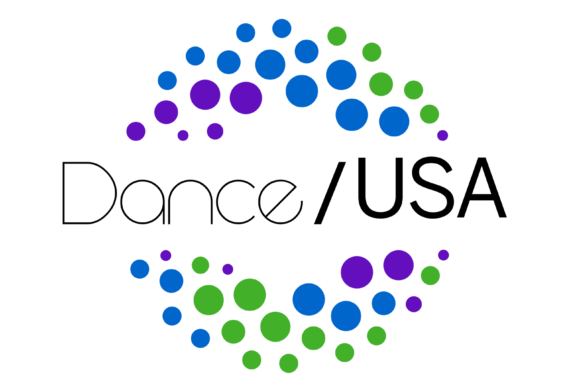Romancing College Students: Building the Next Generation of Dance Audiences – Part 2
While most students may not understand particulars of the language of dance technique, they are innately familiar with the language of technology, as it revolves around their lives far more frequently than dance.
Romancing College Students: Building the Next Generation of Dance Audiences – Part 1
How can dance, then, appeal to a generation accustomed to receiving astonishing images and experiences from other mediums with the click of a button or tap of a keystroke?
Being Garth Fagan
What happens when an admittedly bad dancer takes classes at the celebrated dance school?
Tips for Navigating the Visa Process
Dance/USA, as an active member of the Performing Arts Visa Working Group, has been advocating for an improved and more reliable visa processing system. Noticeable progress has been made in processing times and visa petition adjudication, but the challenges to petitioners still abound.
Myopia Stunts Art
At the end of every year, people everywhere are compelled by nostalgia and self-importance to register and announce their top however-many items of interest or note in whatever genre or form one could imagine their best-of lists. Few people, however, even those who write for well-moneyed, high-culture publications, ever seem to take Santa’s care with checking their lists twice. Others, indubitably, project their preferences for a certain naughtiness over anything one might consider nice, or good.
10 Things the Dance Community Should Be Talking About in 2011
It’s 2011 and APAP – the Association for Arts Presenters booking conference – is here, which means we get to enjoy 2011 for a few days before we spend a week talking about 2012 and 2013 and, in keeping with the theme of the conference, 2021. So let’s look back, look forward and seize the decade.
Back to the Future: The NEA Survey on Arts Participation
The NEA survey’s primary function is to serve as a snapshot: here is the state of the art at this particular time. It serves this function well. But it’s not enough, nor does the NEA claim it to be. Whereas the survey provides a valuable data point that can kick-start forward-thinking dialogue, the practical impact of the survey is limited by the rapid rate of innovation that has taken place over the past few years.
Next Steps: Dance Theater Workshop and Bill T. Jones/Arnie Zane Dance Company Merge
The dance community is taking a wait and see attitude when it comes to the recently announced merger between New York’s venerable Dance Theater Workshop and the Bill T. Jones/Arnie Zane Dance Company. And many observers say they are cautiously optimistic that the merger, unprecedented in the American dance world, will succeed at a time when so many groups and venues are struggling to survive.
Introducing Wellness Programs in Pre-Professional Ballet Schools in the United States — Part 2
Some pre-professional ballet schools have taken a multi-disciplinary approach to wellness while others have focused primarily on the physical needs of their students. These differing approaches seem to imply that schools are justified in cherry-picking the multi-disciplinary model for the individual components they want. However, the very nature of ballet training makes multi-disciplinary wellness a necessity, not an option.



Who Does Indian Culture Belong To?
What does it mean to preserve an art form? It does not mean passing down the same memorized movement from one generation to the next. A traditional classical art form, which arises from a particular cultural context, in our increasingly global society must adapt and move forward, and these forms, historically, have always evolved. Just as ballet developed from the French and Italian courts, where an emphasis on subtle and refined manners gave way to more dazzling and virtuosic displays in the proscenium context, classical Indian dance, too, has evolved.